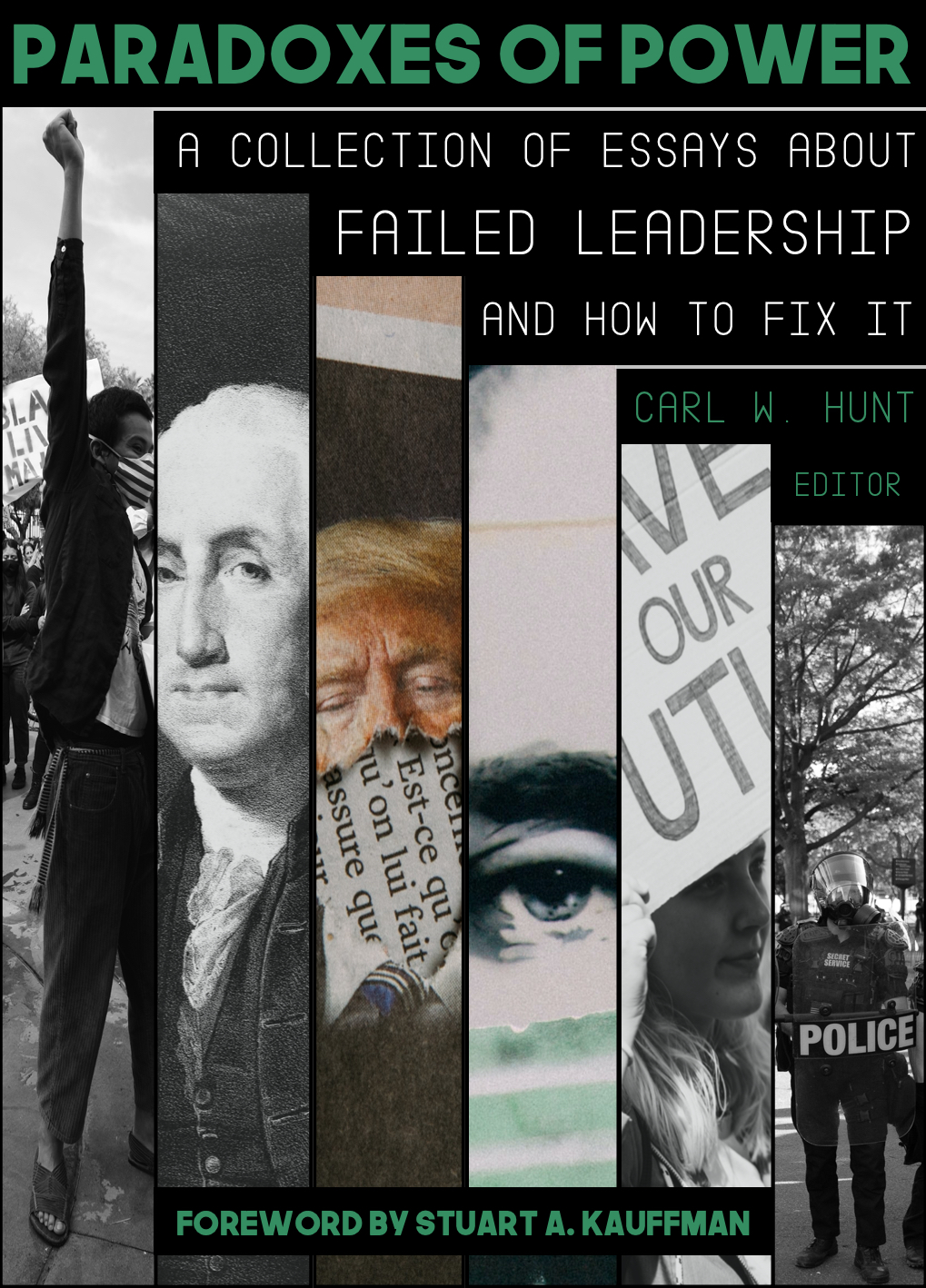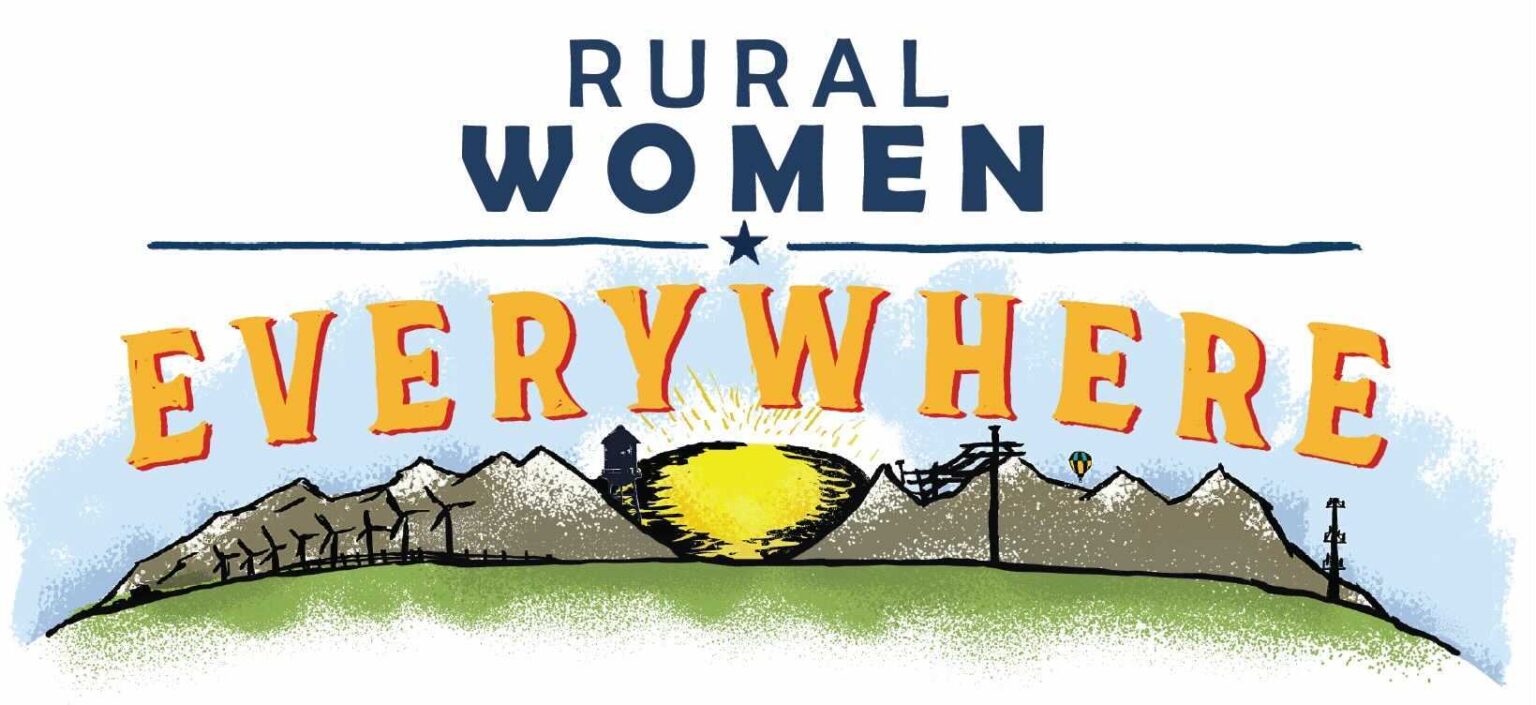Introduction by Ben Speggen
This essay – by Veronica A. Mata, the Director of Operations and Marketing for a locally owned small business in Colorado; Dennis W. Greene, a retired US Air Force Colonel and former CEO of the Greenwood Village, Colorado Chamber of Commerce; and Carl W. Hunt, a retired U.S. Army colonel and principal co-author and editor of Paradoxes of Power – is the second in a series on leadership and power and how the lessons they observe in their book can be applied at the local level. You can read the first installment here.
In the first essay, the authors ask a big question: What recommendations could come from a closer study of leadership and power – the successes and failures of each – that might lead to changes in practice at the community level? Here Mata, Greene, and Hunt look specifically at gender and racial biases, drawing from essays featured in Paradoxes of Power.
Future ones will examine leadership and power in the context of economics, nature and the environment, government, politics, education, justice, and religion.
Here is their case on gender and race:
Part 2: How Gender and Racial Biases Create Ironies that Defeat Good Organizations
What does “greater than the sum of its parts” mean for interactions between leaders and followers, particularly across lines of gender and race?
It simply means putting into practice the familiar maxim that we must act as a whole nation, united in purpose, recognizing the potential of each member and harnessing the potential that no one person, or even a small group, can accomplish on their own. In practical terms, it means vesting our vote and confidence in people who embrace diversity, starting at the smallest organizational level.
The most important of these “parts,” in the “sum of its parts” formula, are individual people. Within people lie the roots of creativity and innovation, as well as the health and growth of the organization – whether it be a business, a nonprofit, or a small town.
Nowhere does this principle apply more critically than in small-to-medium sized communities. Here the leader’s greatest challenges include marshaling organizational assets, which are always limited, to accomplish greatness, while aiming for equity among the entire membership of the team.
In our book Paradoxes of Power, we noted that power is the connecting flow between leaders and followers. Ideally, “power” means the potential to get things done, including attracting resources, and leveraging policies and tools to accomplish objectives. It’s a two-way flow between leaders and followers.
An abuse of the leader’s authority, whether by ignorance or malign intent, can create what we called a “paradox of power.” These paradoxes keep groups from making full use of their diverse, accumulated talents and efforts. In this essay our emphasis is on human diversity, a complicating but fortunate reality of American life since our beginning as a nation. We detailed in our book some of the ways in which leaders can squander potential advantages and power, when they fail to eliminate paradoxes.
Small towns and cities cannot afford these kinds of losses. They just typically don’t have as much diversity and as many cross-discipline, cross-cultural resources to bring to bear.
Power works best in a balanced relationship between leader and followers. The importance of this balance—as opposed to a one-way role of leaders dominating followers—is a central theme in Paul Hersey and Kenneth Blanchard’s work in Situational Leadership. As they demonstrate, leaders’ success depends upon followers’ readiness. It also depends on finding the correct balance between position and personal standing of the leader, as Walter J. Natemeyer noted in his essays in Paradoxes of Power.
These relationships between followers’ readiness levels and the types of power (bases) that leaders may most appropriately apply are illustrated in Walter Natemeyer’s mapping of power to follower readiness, below. In the Hersey-Blanchard-Natemeyer vernacular, “Readiness” relates to a follower’s preparation and motivation to accomplish a given task. R4 describes a follower fully prepared and fully motivated to perform tasks, while R1 speaks to a follower neither prepared nor motivated. The remaining indicators or R2 and R3 fall somewhere in between.

A major question we posed in Paradoxes of Power was whether organizations could afford not to work toward diversity and objectivity. What has this nation achieved through its history by holding on to biases and creating legacies of the damage they’ve wrought? The notions of racism, sexism, ageism, and gender bias, while obviously and tragically still very much alive today, are outdated in the extreme. Apart from their cruelty, these biases are at fundamental odds with a modern country that claims to offer equality and freedom to its citizens. Their persistence creates paradoxes.
Gender Paradoxes:
Veronica A. Mata, our co-author in this piece, wrote Essay 3 in Paradoxes of Power. Here she draws from her experience as a small-business owner in a Denver suburb to highlight gender dysfunction she wrote about in her essay. Along with her parents, she has built a thriving family entertainment business that hosts team-building experiences for businesses of all sizes. Veronica and her folks, acting as facilitators and coaches, have witnessed many successful team events. But occasionally they observe gender-oriented situations where the “leaders” of the team-building events neglect to tap all the expertise and creativity of team members. This is the behavior we are calling a destructive paradox.
Often this means a failure to use the skills, insights, and capabilities of the women on the team. The dynamics in the office bleed through into their team-building experience. For example, women don’t want to come across as assertive or bossy in the office and – as Veronica observed in facilitating team building exercises – that carries through into the team-building experience. The problem isn’t that they aren’t “included;” it’s that the environment doesn’t allow for them to be comfortable speaking up, and the leaders aren’t making enough of an effort to give all unspoken voices, of either gender, a chance to be heard.
Women are manifestly capable of speaking up for themselves, and many do. But it’s just as manifestly true that in many office situations, many women are made to feel that speaking up will hurt their standing in the office. These are familiar observations, but as leadership failures and “paradoxes” they’re particularly damaging in small groups that need all sources of creativity and clear thought.
While the damage is proportionately greatest in small communities, a more systemically damaging paradox is when men make decisions about women’s welfare. Women naturally vary in how they feel about abortion, women’s sexuality, birth control, and related questions. But discussions on these issues should be led by women.
The U.S. Congress takes the lead on many of these policy issues. By the numbers, fewer women than men serve in offices or in leadership roles.
In 2021, 76 percent of U.S. Senators are male and 73 percent of the U.S. Representatives are male. Similarly, 67 percent of Supreme Court Justices are male, and 100 percent of U.S. presidents have been male—and 98 percent of all US vice presidents. And, women compose 30 percent of statewide elected executives, 31 percent of state legislative seats, and just 23 percent of mayors in U.S. cities with a population greater than 30,000.
If we flipped the script, how might men feel if women made the decisions that controlled access to things like vasectomies, condoms, male enhancement drugs, or even physique enhancing supplements?
Growing up, Veronica noted she was fortunate to have powerful female role models. From her mother, grandmother, aunts, and mother-in-law, she has seen the best of leadership. She experienced this in friends and professors, as well as observing celebrities in media and politics. But getting the opportunity to idolize a few is not good enough. We need powerful women, CEOs, directors, military flag officers (generals and admirals), senators, and beyond to be on the minds of everyone, always.
Racial Ironies:
Dennis W. Greene, a co-author of this piece, notes in his essay, “The Paradoxes of Race in America,” in Paradoxes of Power, when speaking to culture, America needs White leaders and citizens to speak up for Black Lives Matter. The load is too heavy for victims to lift on their own.
In the mid-20th century America, James Baldwin was relentlessly and incisively eloquent on this score. Princeton professor Eddie Glaude recently quoted Baldwin in 1963 about “skin color,” which Baldwin wrote “is not a human or personal reality; it is a political reality. Color does not say, once and for all, who we are and who we will forever be, nor does it accord anyone a different moral standing because they happen to be one color as opposed to another.” BLM leadership that includes members of all communities will only make it stronger, less political, and more personal.
Dennis, a retired United States Air Force Colonel, has walked this walk that Glaude and Baldwin describe. In a poignant paragraph Dennis writes in our book: “I am a Black Man, born in the 1950s, reared in Savannah, Georgia in the 1960s and 1970s, who drank from Negro Only water fountains; who used Negro Only public restrooms and facilities; who attended racially segregated public schools until halfway through 6th grade; who grew up ‘on the other side of the tracks’ until moving to the White Savannah suburbs as a young teen only to personally endure blockbusting; who withstood sustained violence and physical attacks from many of the neighbors who remained; who was forced to fight on the school bus on a regular basis; and who escaped death on two occasions by gun carrying derelicts who surrounded my home, demanding that I (the one they called “n****r”) come out to be shot.”
Dennis wrote of his time in South Africa as a US Air Force Air War College student in 2002. The thesis of his War College research project centered on the post-Apartheid decade since 1992. Dennis sat next to a White South African businessman on a flight from Johannesburg to Cape Town and asked his thoughts on their reforms. Dennis related his amazement with how far their nation had come in such a short time. The businessman said they had to come together, or they would not have a nation. Dennis asked him how. The South African said, “Truth and Reconciliation.” After 400-plus pain-filled years, America still lacks Truth and Reconciliation. It is time we have it now and escape from this paradoxical vicious cycle.
Consider the paradoxes of failing to come to grips with the contributions of all our people and fully integrating gender and race of all Americans into a cohesive force for good in this country. Consider the irony of restricting those harmed most by bias, from weighing in on conversations and policymaking about discrimination. This is even more critical at the local level, simply because local officials, institutions, and other organizations must do everything they can to attract, train, and keep good people within their organizations, particularly in post-Covid times. Our towns, cities, states, and indeed our nation need all the help we can get.
Our individual contributions are not simply additive. They mutually strengthen us all and generate values, cultures, and purpose that transcends what any one of us could accomplish. This is how we avoid paradox and irony in our small towns and communities. This is how we create organizations of people who produce successes that are “greater than the sum of its parts.”
Throughout the next several essays, we’ll look at unfortunate instances where organizational leadership minimizes the potential for creating greatness in their teams and groups. We’ll look at self-created ironies of power abuses and misfires in several categories we discussed in our book, Paradoxes of Power.


